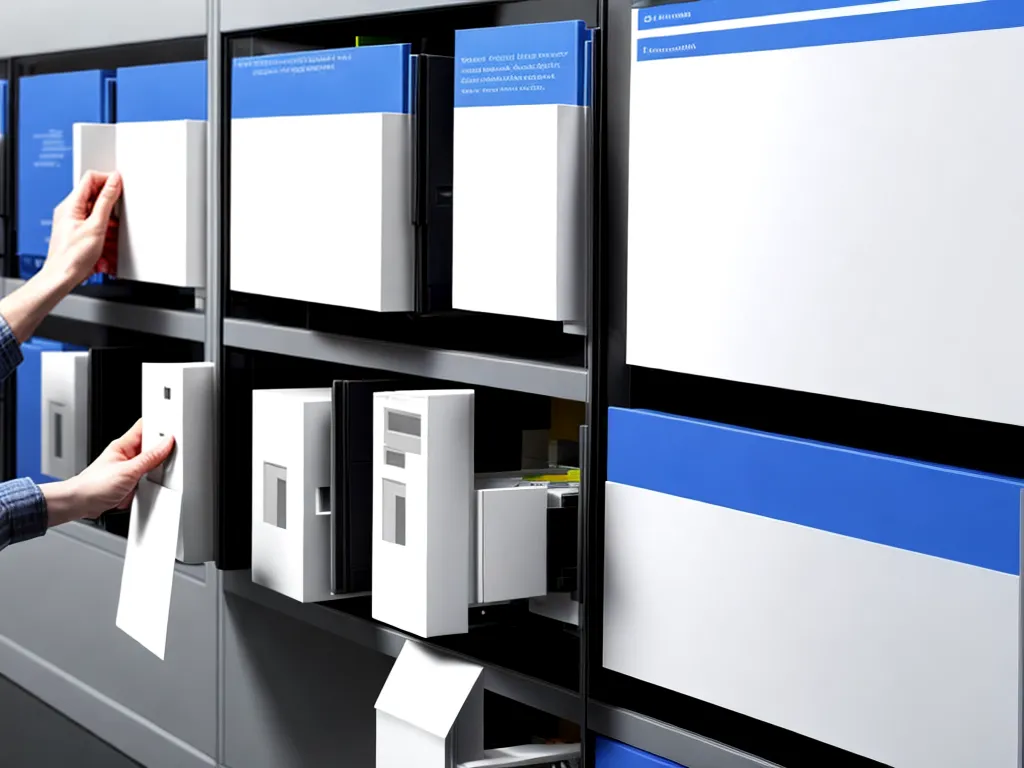
Introduction
As companies adopt practices that promote collaboration and remote workforces, the need for secure access controls on shared files and folders increases. Implementing and managing access controls for shared resources ensures that only authorized users can view, edit, delete, or download sensitive information. This article provides an in-depth look at best practices for managing access controls for shared files and folders.
Benefits of Access Controls
Implementing access controls provides several key benefits:
-
Prevents unauthorized access: Access controls restrict access to only users who have been granted permissions. This prevents unauthorized users from accidentally or intentionally accessing sensitive data.
-
Provides an audit trail: Well-managed access controls log user activity. This creates an audit trail to identify who accessed or modified files.
-
Enables secure collaboration: With granular access controls, administrators can enable secure collaboration by only granting access to certain users or groups.
-
Simplifies compliance: Access controls help demonstrate compliance with regulations like HIPAA and GDPR that require protections on sensitive data.
-
Reduces risk: Unauthorized data access is a top security risk. Access controls greatly reduce the chances of a data breach by limiting access.
Types of Access Controls
There are several types of access controls to manage permissions on shared resources:
Role-Based Access Controls (RBAC)
With RBAC, access is granted based on a user’s role within the organization. For example, users in the HR role could get read/write access to personnel files, while those in Marketing may only get read access.
Discretionary Access Controls (DAC)
DAC enables administrators to selectively assign access controls on individual resources. For example, a sensitive project folder may have locked down DAC permissions to restrict access.
Mandatory Access Controls (MAC)
MAC uses system-enforced policies to control access to sensitive data. Users and resources are labeled at certain security levels. Access is only granted if the user has the required security label.
Attribute-Based Access Controls (ABAC)
ABAC uses attributes and policies to determine access. Attributes may include user identity, department, time of day, device location, and more. Policies combine attributes to allow dynamic access controls.
Best Practices for Implementation
Follow these best practices when implementing access controls for shared resources:
-
Perform risk assessment: Identify which data carries the highest risk if compromised. Prioritize access controls on this data.
-
Minimum required access: Only provide the minimum level of access users need to do their job. Limit unnecessary permissions.
-
Separate environments: Have separate access controls for test/development resources versus production data.
-
Automate provisioning/deprovisioning: Use automated tools to grant or revoke access when users join, change roles, or leave the company.
-
Active monitoring: Continuously monitor access patterns to identify anomalies that could signal compromised credentials or data exfiltration.
-
Regular auditing: Conduct audits of permissions on a quarterly basis. Remove any unnecessary access identified.
-
MFA for critical data: Use multi-factor authentication to access highly sensitive resources like financial data or customer records.
-
Block public sharing: Disable public file sharing links which could expose data. Instead, require users to login with credentials.
-
Education: Train employees on proper security protocols like avoiding shared accounts and following a clean desk policy.
Managing Access for Collaboration
Collaboration presents unique access control challenges. Follow these tips to securely enable collaboration:
-
Allow groups to restrict membership. This prevents unauthorized users from joining.
-
Enable the owner of a shared folder to alter permissions. This allows dynamic group-based restrictions.
-
Automatically hide sensitive files within group folders based on a user’s access.
-
Disable user overrides on collaborative documents. This prevents access escalation.
-
Enable redaction capabilities to allow collaboration while hiding private content from certain users.
-
Provide a complete access history on collaborative files to identify who accessed and altered information.
Conclusion
Managing access controls is crucial to securing shared resources and enabling collaboration. By assessing risks, automating controls, actively monitoring, and educating users, organizations can effectively limit unauthorized access. Implementing least privilege access and providing collaboration features like restricted groups and redaction allows for productive teamwork while still prioritizing security. With proper access controls in place, companies can securely unlock the benefits of workforce mobility and collaboration.












